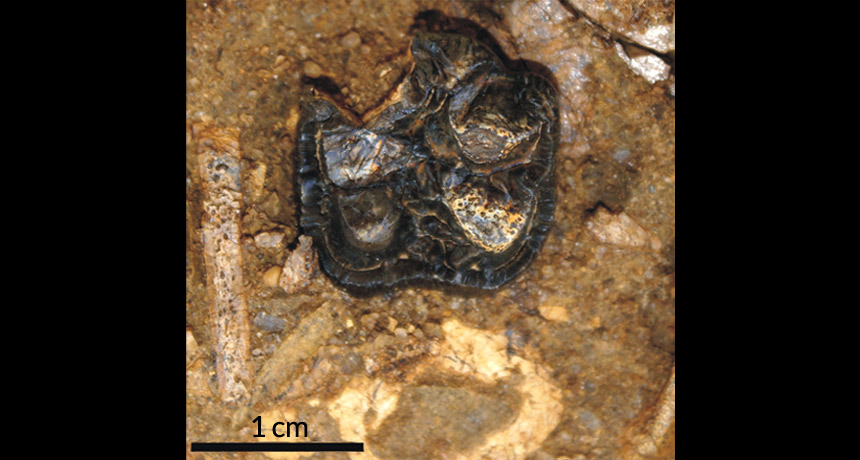Hippo history extracted from fossil teeth found in Kenya
Ancestor’s dentition reveals mammoth mammal’s African origins

TOOTHY TALES Fossilized teeth from the newly identified Epirigenys lokonensis suggest that living hippos evolved from the first wave of large terrestrial mammals to invade Africa.
Fabrice Lihoreau/LPRP